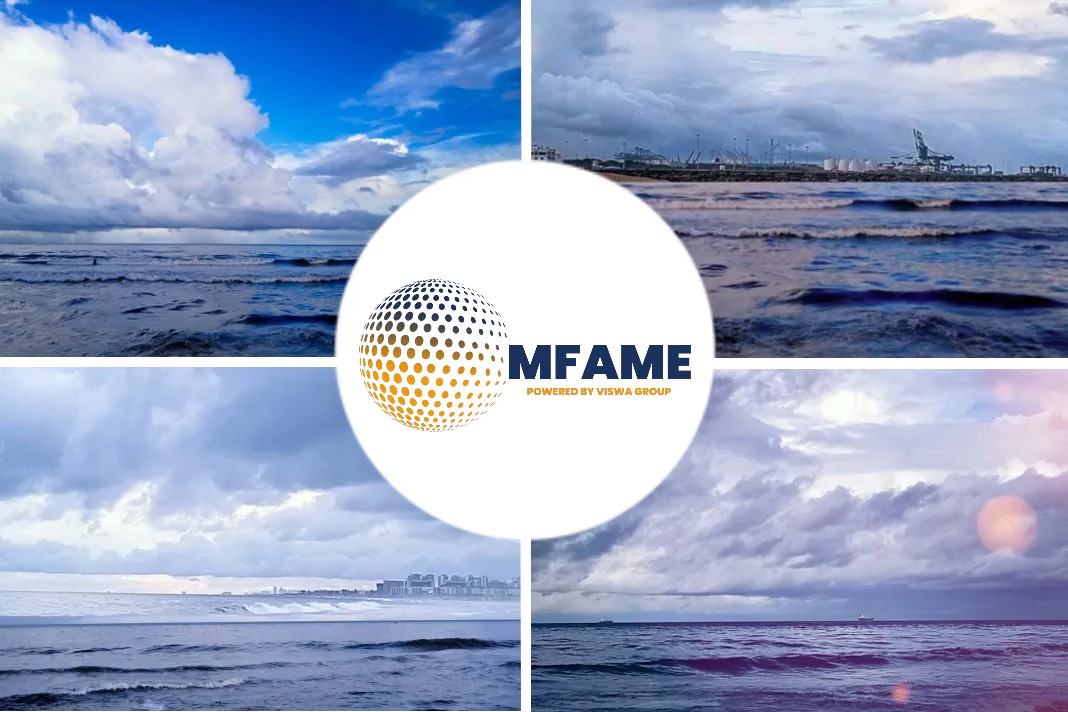- Capt. Jonathan Tennant, the pilot who steered the ship out of the port at 1 a.m. on Sept. 8, 2019, recalled calm winds and good visibility.
- He said typically there are warning signs when something is wrong.
- But none of that happened. All was smooth till the vessel capsized.
- Jason Neiman, public affairs officer with the US Coast Guard, said the investigation is complex and, therefore, may take many months to complete.
- The process of removing the stranded vessel has also been prolonged.
New testimony reveals what happened before the Golden Ray capsized off the Georgia coast, writes Natasha Chen for CNN.
A public hearing, part of the investigation into why the vessel capsized, wraps up on Tuesday. Here’s what we know so far:
Crew didn’t sense anything wrong
Capt. Jonathan Tennant, told investigators the ship started leaning in a turn and started to over-rotate to starboard. He applied what’s known as counter-rudder to reduce the rate of the turn, but it wasn’t enough. He said the accident happened within seconds.
“When I felt like I was losing control of the vessel, I reached behind me where I propped up the ship’s radio and said to Jamie on the inbound, ‘watch out, Jamie. I’m losing her,’ in which time she capsized, I dropped the radio, held onto the gyro, the ship capsized, I tried to ease the rudder, still trying to drive the ship.”
A written testimony
Investigation on how cars were loaded
Investigators asked Mike Mavrinac, operations manager for ship owner Hyundai Glovis, about those changes and any issues with loading or unloading cargo.
Cause of the vessel capsize is not determined
The process of removing the stranded vessel has also been prolonged.
The removal process was paused in late July, with a restart expected in early October.
Ongoing support operations have continued during the pause, including teams ensuring that any releases of oil are quickly identified and remediated to the maximum extent possible.
Did you subscribe to our daily newsletter?
It’s Free! Click here to Subscribe!
Source: CNN

















